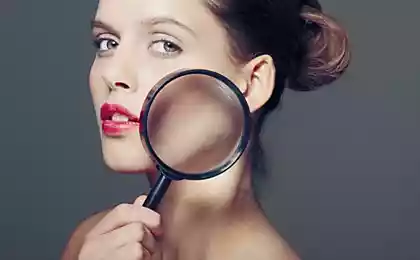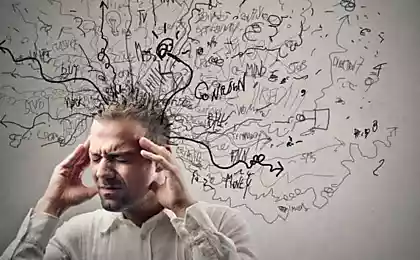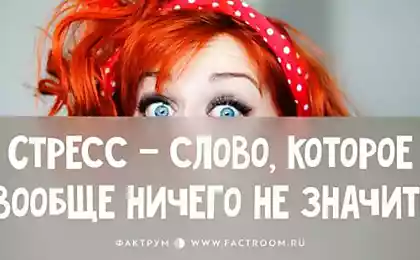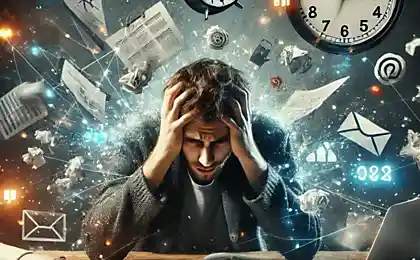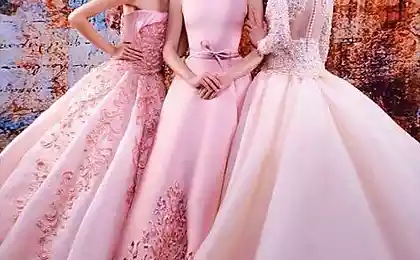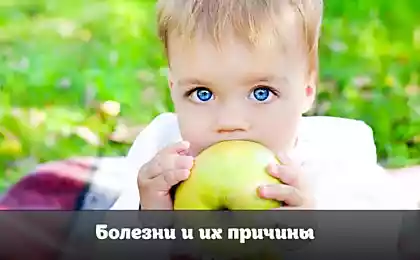476
Psoriasis: everything about possible types of this disease
What is psoriasis? Psoriasis is a chronic skin disease that is accompanied by the appearance of spots and unpleasant itching. The spots can be white or silver tint depending on the severity of the disease.
It is an autoimmune disease that causes white blood cells to work too fast. As a result, the layers of the skin recover faster than normal regeneration that damages the top layer of skin and causes itching, burning and irritation.

This disease is hereditary and is more common in men than in women. That is why, if in your family there were no cases of this disease, the probability of its occurrence in this case is extremely low.
Psoriasis can cause physical and psychological exhaustion associated with increased stress, experiencing your mind and your body in General.
Unhealthy lifestyle, problems at work or in the family continued for a long time can aggravate bouts of the disease.
What types of psoriasis are there?
There are several common types of psoriasis. To conduct any course of treatment, it is important to know what caused the disease.
Plaque psoriasis Is the most common form of psoriasis, which is characterized by the appearance of thick plates on the skin. Mostly, they appear on the ankles, elbows, face, ears and back. Psoriasis starts as a simple rash, but it cannot be cured by any creams or lotions. The rash takes on a reddish color, a scaly structure and a clear edge.

Plate plaque psoriasis causes a lot of suffering, it causes itching and irritation, and in some cases can even cause bleeding due to severe dry skin or excessive scratching.
If rashes appear on the scalp, they look like white scaly crust, as in the case of dandruff. Psoriatic nails can split and sometimes even getting out of your base. Droplet psoriasis It is accompanied by small red spots on both the torso and the limbs, but they do not occupy a large area on the skin. Also sometimes it can damage the ears, face and hair. Most often it occurs in people under 30 years of age.
This type of psoriasis causes damage to the skin, but not so strong as when the plate psoriasis.
People who are carriers of strep or have an unfavourable heredity and susceptible to psoriasis suffer from it in a cold climate, which dries the skin badly.
Pustular psoriasis This type of psoriasis is most common in adults and is accompanied by the formation of white blisters, filled with non-infected pus. The skin around them, usually red.
The skin may begin to redden before the blisters. Also it is accompanied by the redness, burning and pain in problem areas.
Exudative psoriasis is considered one of the most severe forms of this disease, because a large portion of the skin is covered with reddish spots and, at the same time, coexists with pustular psoriasis.
It is more common in people with plaque psoriasis, in which skin injuries almost never heal.
Atypical psoriasis It is often formed in skin folds, that is, in the armpits, groin and under the Breasts. It gives particular discomfort because they often sweat and the skin is very sensitive.
This files most often appear on the skin spots like large patches, but not covered with scales. They are easy to spot because they cover a large area in skin folds.
Psoriasis of the nail plate When we bite their nails, their surface grows unevenly, or they can escape from the root in this type of psoriasis. Usually it looks like psoriasis of the scalp or plaque psoriasis.
Among the main symptoms — damage to the surface of the nail, chipping or falling out at the roots.
Psoriasis of the hairy part of the scalp It is often confused with severe dandruff, but usually it develops in people who already suffer from any other forms of psoriasis.
It starts with small scales and ends with coarse and thick scales that can spread across the scalp and go to close areas such as the neck, ears and forehead.
Psoriatic arthritis People who suffer from any type of psoriasis are often confronted with psoriatic arthritis is between 30 and 50 years.
As a rule, it calls:
Psoriasis and depression People who are suffering from any types of psoriasis may face depression.
This is due to the ugly rash that attract a lot of attention and markedly reduced self-esteem.
For this reason, if you suffer from any type of psoriasis, it is very important not to abandon support for his family and friends, not to move away from them and hope for their understanding.
Pay attention to the fact that self-medication will not help here.
Your immune system is different, so each patient needs to take certain medication that is different from the medication of another patient. published
P. S. And remember, only by changing their consumption — together we change the world! ©
Source: steptohealth.ru/psoriaz-tri-vozmozhnyh-tipa-etogo-zabolevaniya/
It is an autoimmune disease that causes white blood cells to work too fast. As a result, the layers of the skin recover faster than normal regeneration that damages the top layer of skin and causes itching, burning and irritation.

This disease is hereditary and is more common in men than in women. That is why, if in your family there were no cases of this disease, the probability of its occurrence in this case is extremely low.
Psoriasis can cause physical and psychological exhaustion associated with increased stress, experiencing your mind and your body in General.
Unhealthy lifestyle, problems at work or in the family continued for a long time can aggravate bouts of the disease.
What types of psoriasis are there?
There are several common types of psoriasis. To conduct any course of treatment, it is important to know what caused the disease.
Plaque psoriasis Is the most common form of psoriasis, which is characterized by the appearance of thick plates on the skin. Mostly, they appear on the ankles, elbows, face, ears and back. Psoriasis starts as a simple rash, but it cannot be cured by any creams or lotions. The rash takes on a reddish color, a scaly structure and a clear edge.

Plate plaque psoriasis causes a lot of suffering, it causes itching and irritation, and in some cases can even cause bleeding due to severe dry skin or excessive scratching.
If rashes appear on the scalp, they look like white scaly crust, as in the case of dandruff. Psoriatic nails can split and sometimes even getting out of your base. Droplet psoriasis It is accompanied by small red spots on both the torso and the limbs, but they do not occupy a large area on the skin. Also sometimes it can damage the ears, face and hair. Most often it occurs in people under 30 years of age.
This type of psoriasis causes damage to the skin, but not so strong as when the plate psoriasis.
People who are carriers of strep or have an unfavourable heredity and susceptible to psoriasis suffer from it in a cold climate, which dries the skin badly.
Pustular psoriasis This type of psoriasis is most common in adults and is accompanied by the formation of white blisters, filled with non-infected pus. The skin around them, usually red.
The skin may begin to redden before the blisters. Also it is accompanied by the redness, burning and pain in problem areas.
Exudative psoriasis is considered one of the most severe forms of this disease, because a large portion of the skin is covered with reddish spots and, at the same time, coexists with pustular psoriasis.
It is more common in people with plaque psoriasis, in which skin injuries almost never heal.
Atypical psoriasis It is often formed in skin folds, that is, in the armpits, groin and under the Breasts. It gives particular discomfort because they often sweat and the skin is very sensitive.
This files most often appear on the skin spots like large patches, but not covered with scales. They are easy to spot because they cover a large area in skin folds.
Psoriasis of the nail plate When we bite their nails, their surface grows unevenly, or they can escape from the root in this type of psoriasis. Usually it looks like psoriasis of the scalp or plaque psoriasis.
Among the main symptoms — damage to the surface of the nail, chipping or falling out at the roots.
Psoriasis of the hairy part of the scalp It is often confused with severe dandruff, but usually it develops in people who already suffer from any other forms of psoriasis.
It starts with small scales and ends with coarse and thick scales that can spread across the scalp and go to close areas such as the neck, ears and forehead.
Psoriatic arthritis People who suffer from any type of psoriasis are often confronted with psoriatic arthritis is between 30 and 50 years.
As a rule, it calls:
- inflammation
- joint pain
- disorder of mobility
- fatigue
- redness of the eyes and loss of elasticity in tendons
Psoriasis and depression People who are suffering from any types of psoriasis may face depression.
This is due to the ugly rash that attract a lot of attention and markedly reduced self-esteem.
For this reason, if you suffer from any type of psoriasis, it is very important not to abandon support for his family and friends, not to move away from them and hope for their understanding.
Pay attention to the fact that self-medication will not help here.
Your immune system is different, so each patient needs to take certain medication that is different from the medication of another patient. published
P. S. And remember, only by changing their consumption — together we change the world! ©
Source: steptohealth.ru/psoriaz-tri-vozmozhnyh-tipa-etogo-zabolevaniya/

